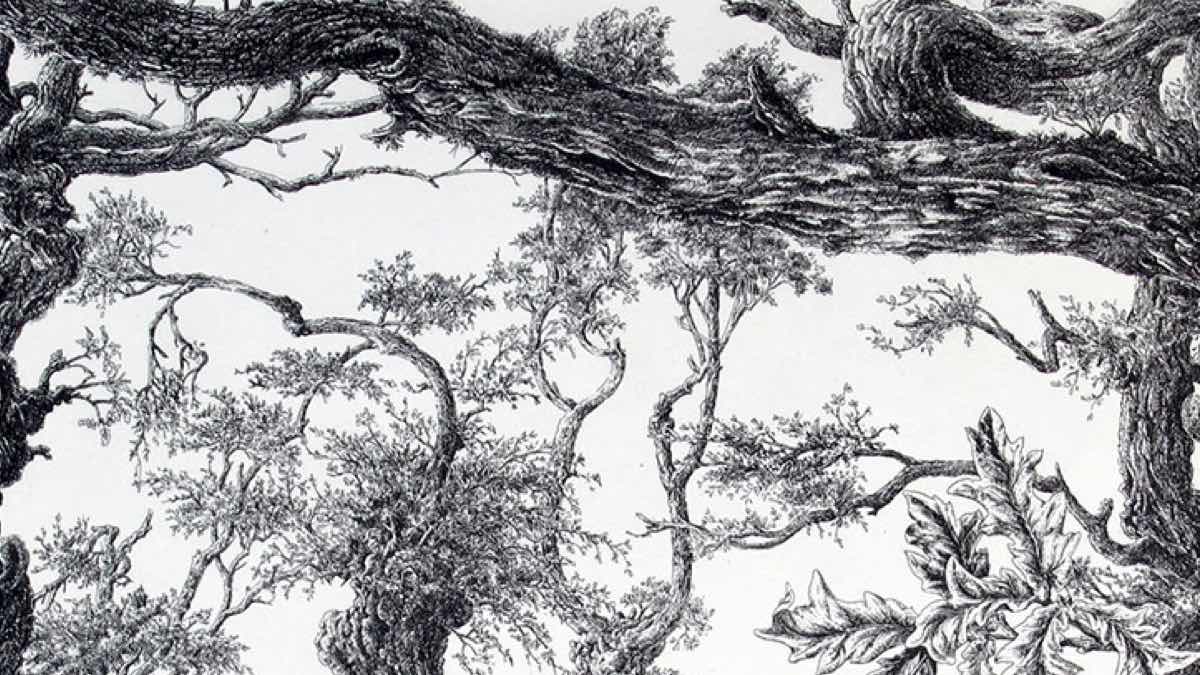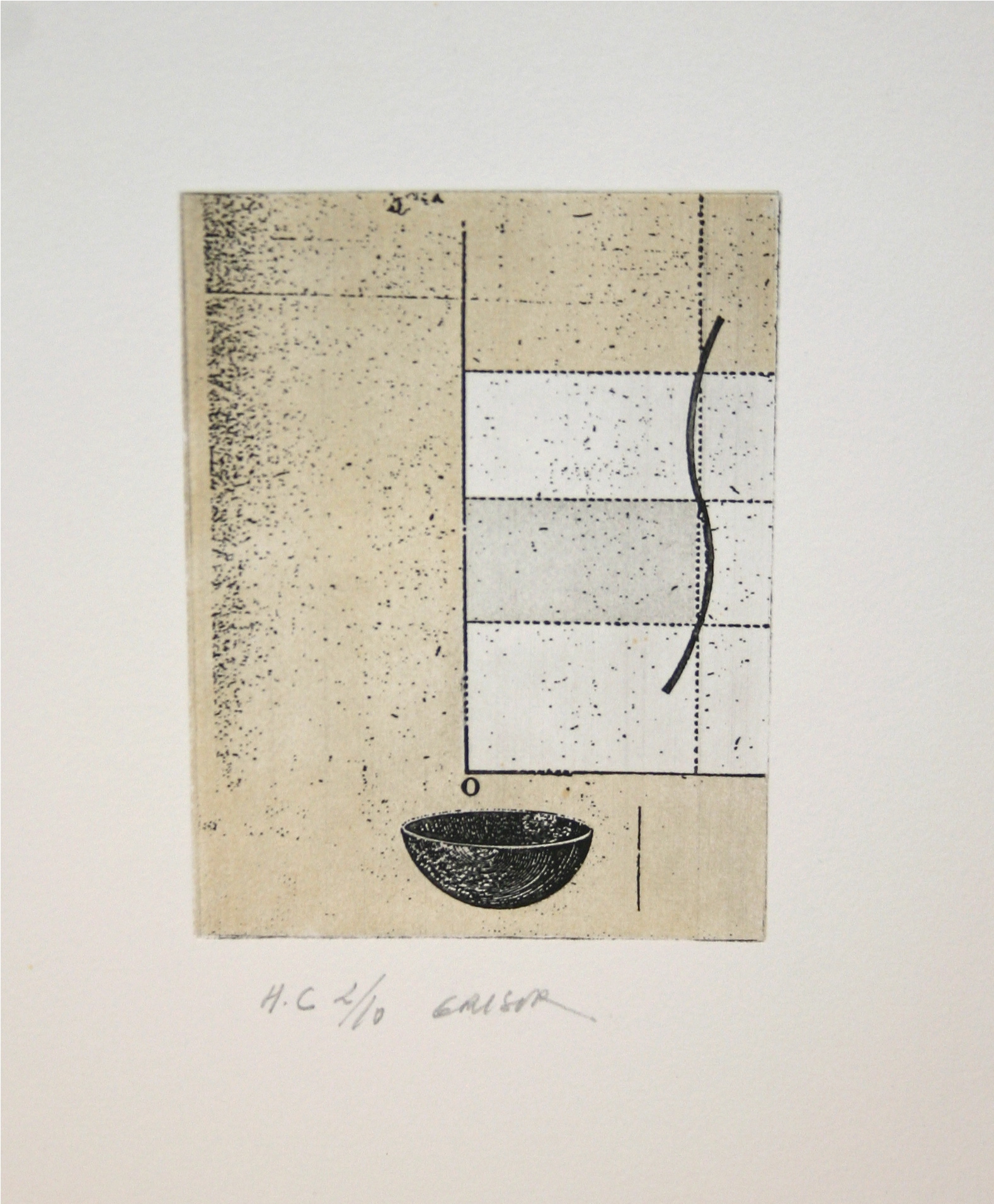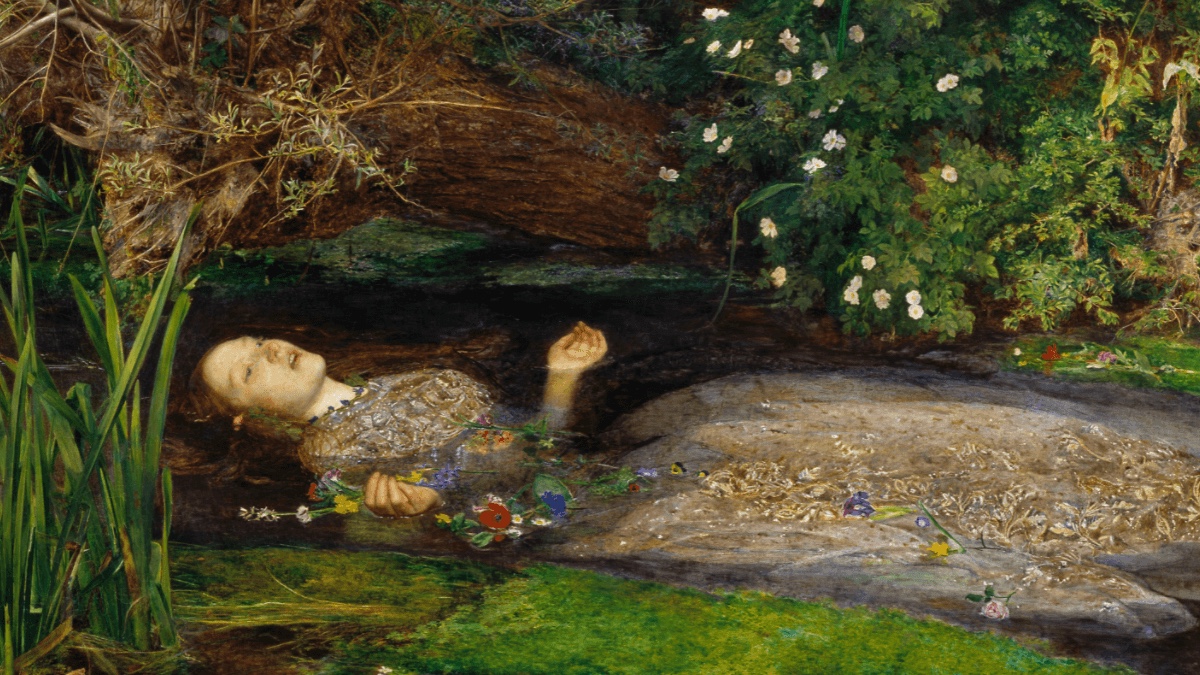
A closer look
•
20 Jan 2015
A Short Guide to Printmaking Techniques
A “print” is a term used to designate an image obtained from an engraved or otherwise treated material such as wood, stone, steel, copper, etc. The techniques used offer the artist a variety of possible results which can be produced in series. The choice of technique depends on the result sought.
Basically the type of print falls into three main categories according to technique: Relief (or “taille d’épargne”), line engraving (“taille douce” ) and planographic.
A print is often referred to by the method by which the basic technique was carried out. For example a print engraved by tool called a burin is simply referred to as a “burin engraving”.
The terms print and engraving are often confused. Print refers to the result obtained by a variety of methods including planographic ones such as lithography, while engravings strictly speaking refer to prints that result from cutting or chiseling on the support. Thus a lithograph is not an engraving.
{The relief method}
In the relief method, the artist cuts around the line sought in order to bring it into relief. Only the part in relief receives the ink and thus only the lines in relief are seen in the final print. This technique is the oldest known and is the most commonly used in wood engravings.
There are two types of wood engravings :
Engravings done on pieces of wood that have been previously cut with the grain of the wood.
Engravings on wood blocks that have been cut against the grain. this technique enables a larger number of prints to be run off than with engravings on wood cut with the grain as blocks cut against the grain are much stronger. This technique was commonly used for press and book illustrations at the end of the 19th centrury.
Xylography is technical term for wood engraving and often designates wood engravings used in books.
Relief is also used on pieces of linoleum which are then called linocuts. As with wood, the line to be printed is brought into relief by cutting away the linoleum around it. Parer is then pressed onto the inked linoleum surface to obtain the resulting lines.
{Line engraving}
Line engraving encompasses most of the techniques used to engrave on copper: etching, dry point and burin. Copper is a very resistant material and thus can be used to produce a very large quantity of prints. Today it is used mainly for stamps and paper money.
Unlike relief methods, line engraving consists of cutting into the plate to obtain the line sought. The ink on the plate fills the lines cut into the plate and when in contact with paper produce the line. Various methods are used to produce the line cut into the plate.
– Burin: Basically a sort of chisel is used to cut into the plate;
– Dry point: Points are impressed onto the plate, resulting in crests around the line which give the line a typically soft appearance.
– Etching: In this method the artist draws onto a coated plate by using a tool to remove the coating on the plate where we wants the lines to appear. The plate is then placed in an acid bath which eats into the lines not protected by the coating. The coating is then removed and when the plate is inked the lines are printed on the paper pressed strongly on the plate.


{Planographic}
Planographic methods do not involve engravings. As the term implies the printing is done from a flat surface. There are two types of planographic methods: lithography and silkscreen.
Lithography; This method was invented at th beginning of the 19th century. It consists of treating the material such as a stone by various chemicals. A drawing is made and areas not intended to receive the colored ink are treated with ink resistant chemicals. To produce a lithograph of a variety of colors, several stones are used. Also often stone as the name implies, the material used can be be steel or even zinc. When zinc is used the print is called a zincograph.
Silkscreen: In this method, a thin cloth is stretched onto a frame. Parts of the porous cloth are then blocked to prevent the ink from reaching the paper when printed. The picture results when the ink passes through the cloth (usually silk, hence the name) an prints on the paper.

6
1554

About Artsper
Founded in 2013, Artsper is an online marketplace for contemporary art. Partnering with 1,800 professional art galleries around the world, it makes discovering and acquiring art accessible to all.
Learn more














